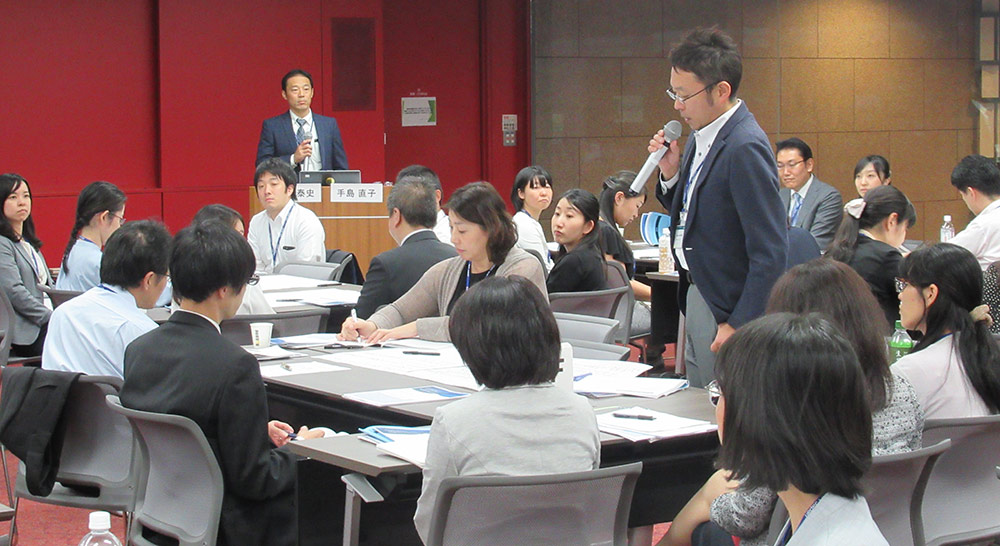Around the Globe
Medical Communication Workshop in Japan
GlaxoSmithKline K.K.
MSD K. K.
edical communication activities are designed in cooperation with healthcare professionals, patients, and regulatory authorities to ensure the proper use of a specific medical product by all stakeholders. Many of these activities include creating various documents based on the contents of the Common Technical Document (CTD) and Risk Management Plan (RMP) for shared professional, patient, and regulator use.
However, because various inconsistencies across these materials are widely known, industry and regulatory experts convened in October 2019 at the 2nd DIA Medical Communications Workshop in Japan to promote the proper creation and use of these materials, and to ensure that healthcare professionals receive appropriate communication and information as part of optimal treatment for their patients.
Although their content is shared across numerous stakeholders, discussions began with the recognition that various tools and materials for medical communication–such as the CTD, the package insert, and RMP–are designed with their own structure and developed for different communication purposes. The CTD is the application for product approval. The RMP and package insert address the benefits and risks of a product but in different ways and for different purposes. As a result, these materials may present inconsistencies resulting from the technical or logistical limitations of the processes used to create them. They must still provide the foundation for consistent if not identical communication of benefit-risk information to both healthcare professionals and patients. Doubts remain whether industry is strategically able to harmonize these different sources for their medical communication purposes.
Communication Critical for Patient-Centricity
Effective medical communication (including risk communication and management) among healthcare professionals, industries, and regulatory authorities has become even more essential in the dawning era of patient-centered medical care in Japan. Patient-centricity and the volume of drug and device information available to patients and healthcare professionals both continue to expand in Japan. Therefore, it is critical that patients and healthcare professionals receive appropriate product information and that the authors or compilers of this information clearly understand its purpose as well as its relationship to other important information.
The increasing amount of information available to patients and healthcare professionals on the internet, and the diversified ways that patients and healthcare professionals can access this information, correspondingly increases the industry’s and regulators’ social responsibility for transparency and explanation. Meeting this responsibility will require medical communications that are strategic, efficient, and ethical in their approach.
Key Workshop Takeaways
- PMDA representatives emphasized the importance of understanding the purpose and content of different materials created for drug- and device-related medical communication. Differences in the type, volume, and expression of information in the CTD, RMP, package inserts, PMDA review reports, and other materials occur naturally due to their different purposes.
- It is essential to understand the structures of the CTD and RMP, the relationship between these two documents, and their relationship with other risk minimization materials such as package inserts and “materials for proper use.”
- Healthcare professionals view consistency in clinically useful information across all materials as essential. Industry can work toward this consistency as early as the product strategy or application stage.
- It is important to prepare materials with the understanding that the ultimate users of the drug/medical device will be patients.
- Because the method of receiving or interpreting this information will depend upon the specific situation of the recipient or reader, it is important to consider what they truly want to know and the most appropriate way to provide it.


